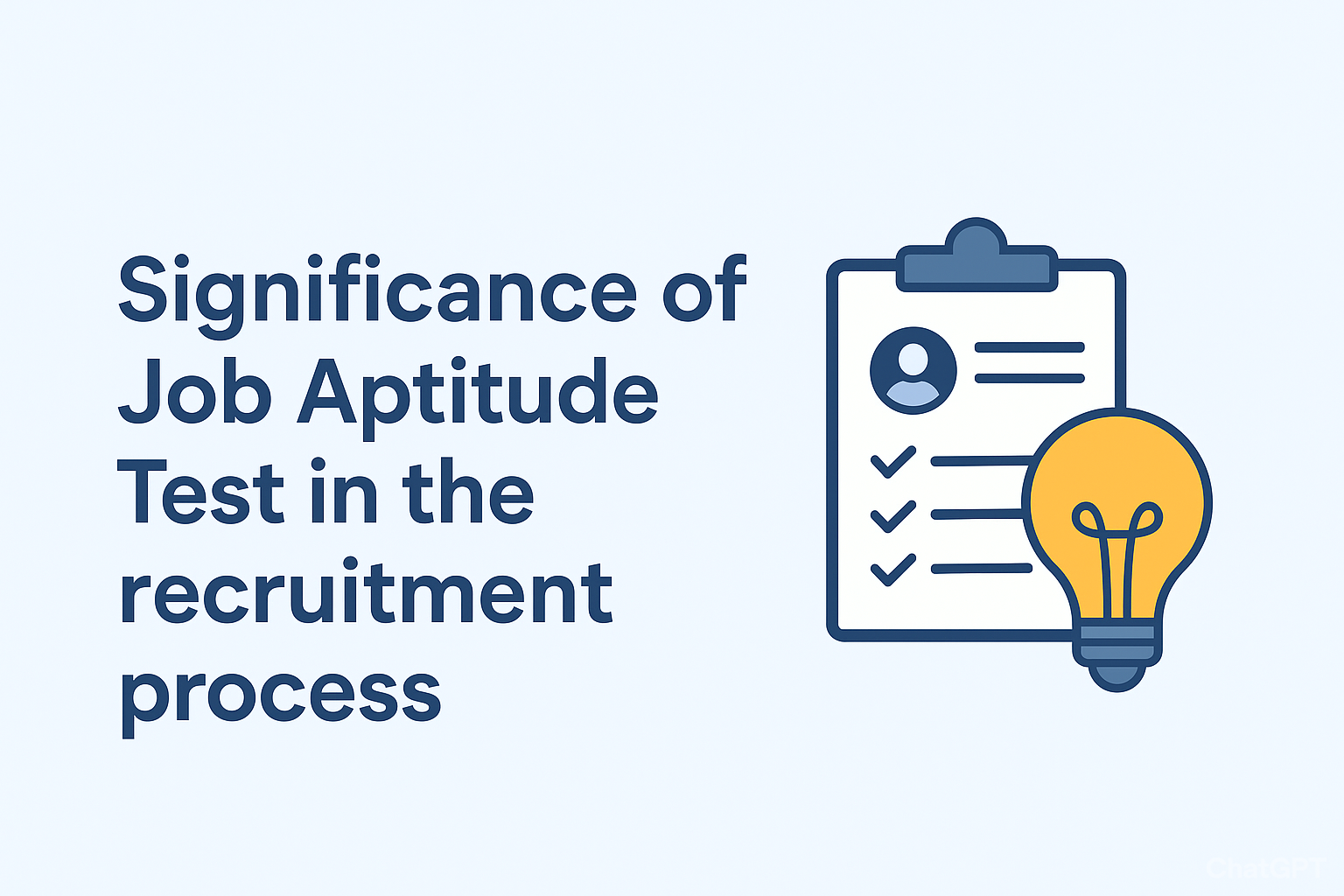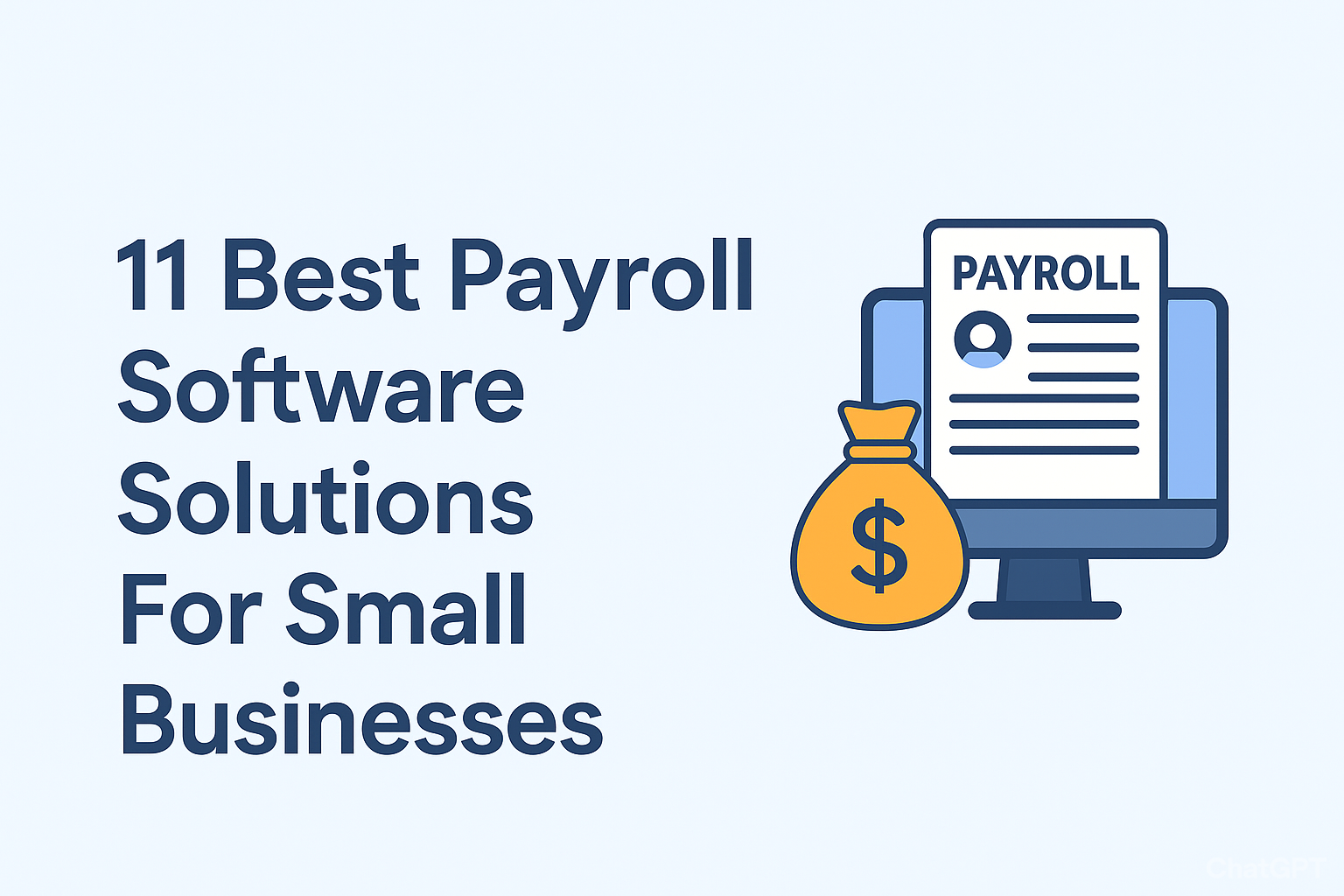Last Updated on May 22, 2024 by Asfa Rasheed
According to Google, site speed (and hence page speed) is a signal used by its algorithm to determine where pages should appear in search results. Furthermore, research has revealed that when it comes to page speed, Google may be able to precisely calculate the time delay to the web page’s first byte. This might have a detrimental impact on your indexation.
The speed with which a page load is also significant for the user experience. Increased bounce rates and a shorter average time on pages are common characteristics of pages with a longer load time. Conversions have been demonstrated to be negatively affected by longer load times.
Table of Contents
Here are just a few of the several methods for increasing your page speed:
Compression should be enabled.
Gzip is a file compression software tool that may be used to shrink the CSS, HTML, and JavaScript files greater than 150 bytes in size.
When working with picture files, avoid using gzip. Instead, use an application like Photoshop to compress the images, allowing you to completely control the image quality.
CSS, together with JavaScript and standard HTML, should all be minimized.
By optimizing your code, you may significantly boost the performance of your website (including removing spaces, commas, and other unnecessary characters). Additionally, comments, formatting, and unneeded code should be removed.
Reduce the number of redirects
With the use of a redirect, it is possible to send both visitors and search engines to an entirely different URL from the one they originally requested.
With each page redirection, your visitor must wait even longer so its HTTP request-response process may be displayed on their computer screen.
Tips for reducing the number of redirects
- If you know that a page has a redirect on it, never link to it.
- It is essential to remove any plugins that aren’t genuinely needed because they might cause unwanted redirects.
- Check your website regularly for outdated redirects that point to deleted sites a long time ago.
JavaScript that is rendering-blocking should be removed.
Before rendering a page, browsers must first construct a Document Object Model (DOM) tree by parsing HTML. It is necessary to stop your browser and execute any scripts that it discovers throughout this procedure before proceeding.
Google recommends avoiding or limiting the usage of blocking JavaScript whenever possible.
Make use of the browser’s cache.
Caching is a web surfing function that allows recently seen web pages to be temporarily saved in web browsers. Having this capability is significant since it speeds up the loading of pages and lowers the cost of browsing. It is a helpful approach that developers may employ to improve the online surfing experience for their customers.
Browsers save much information in their cache (stylesheets, images, JavaScript files, and more). With a cache. a visitor’s browser will not reload the complete page when they return to your site. Check your cache’s expiration date with a tool like YSlow to determine whether it has already been set by mistake. Afterward, you can specify the time the information should be cached in your “expires” header. In many circumstances, if your site changes often, a year is a reasonable length of time to wait before launching your site. More information about exploiting caching may be found on Google’s website.
Improve the response time of the server
The amount of traffic you receive, the resources that each page consumes, the software that your server is running, and the hosting option all impact your server response time. If you want to enhance your server’s response time, look for performance bottlenecks. These may be slow database queries, poor routing, or insufficient RAM and address them. The ideal server response time is less than 200 milliseconds. Find out more about optimizing your time down to the first byte.
Employ the services of a content distribution network.
Page load speed has become a significant component in search engine optimization due to Google’s Core Web Vitals upgrade. The speedy loading of photos and other material on your web pages is one of the ways you may increase the page load speed of your websites.
When it comes to uploading content rapidly and on-demand, a CDN is an excellent choice.
CMS (content distribution networks), also known as content delivery networks, are networks of servers that spread the workload associated with providing the content. For the most part, duplicate versions of your website are kept in different, geographically varied data centers which provide users with quicker and more dependable access to your website.
CDNs can read your IP address and know where you are on the network. When a user accesses a web page, the nearest content delivery network (CDN) transmits a cached version of the web page’s content to the user’s web browser for display.
Image optimization should be done.
Please make sure that your photographs are no larger than they need to be and that they are in the suitable file format for your purposes. PNGs are often used for graphics with fewer than 16 colors instead of JPGs. JPEGs are typically considered to be superior for photographing. Make sure that they are optimized for the web. You can also explore PNG images online on many websites.
When creating pictures you commonly use on your websites, such as buttons and icons, CSS sprites may be used to build a template for them. When you use CSS sprites, your pictures are combined into a huge image that loads concurrently. This results in fewer HTTP requests) and then shows only the areas of the image you want to display. Because consumers will not be forced to wait for several photos to load, you will be able to save on page load time.
User Experience
Putting aside all of these SEO ranking factors that page speed is so important, we may also consider the user. How many times have you followed a link to a web page and then sat there, seemingly forever, before the page loads? Not everyone is so patient and many users will simply go to another site if they have to wait too long.
Read More: 7 Best Web Development Languages for Your Business:Tips and Benefits



























